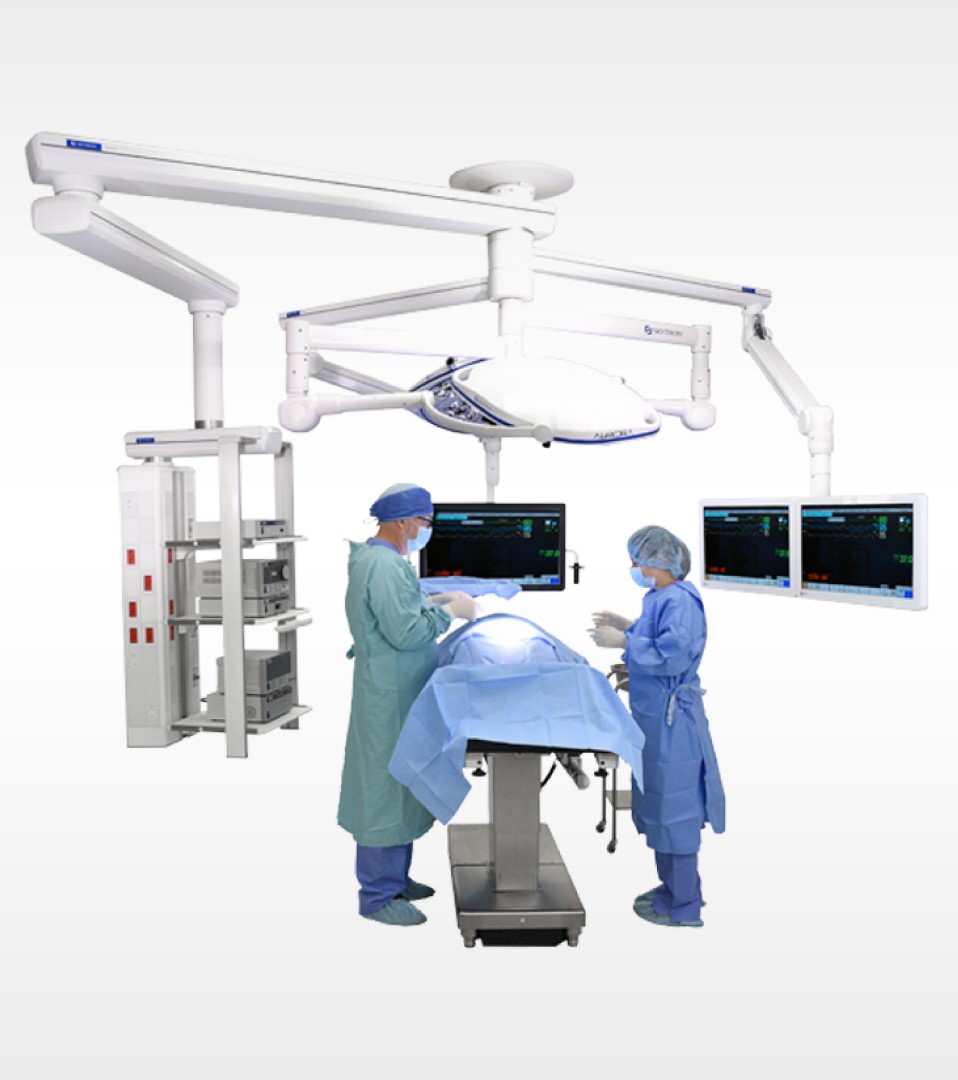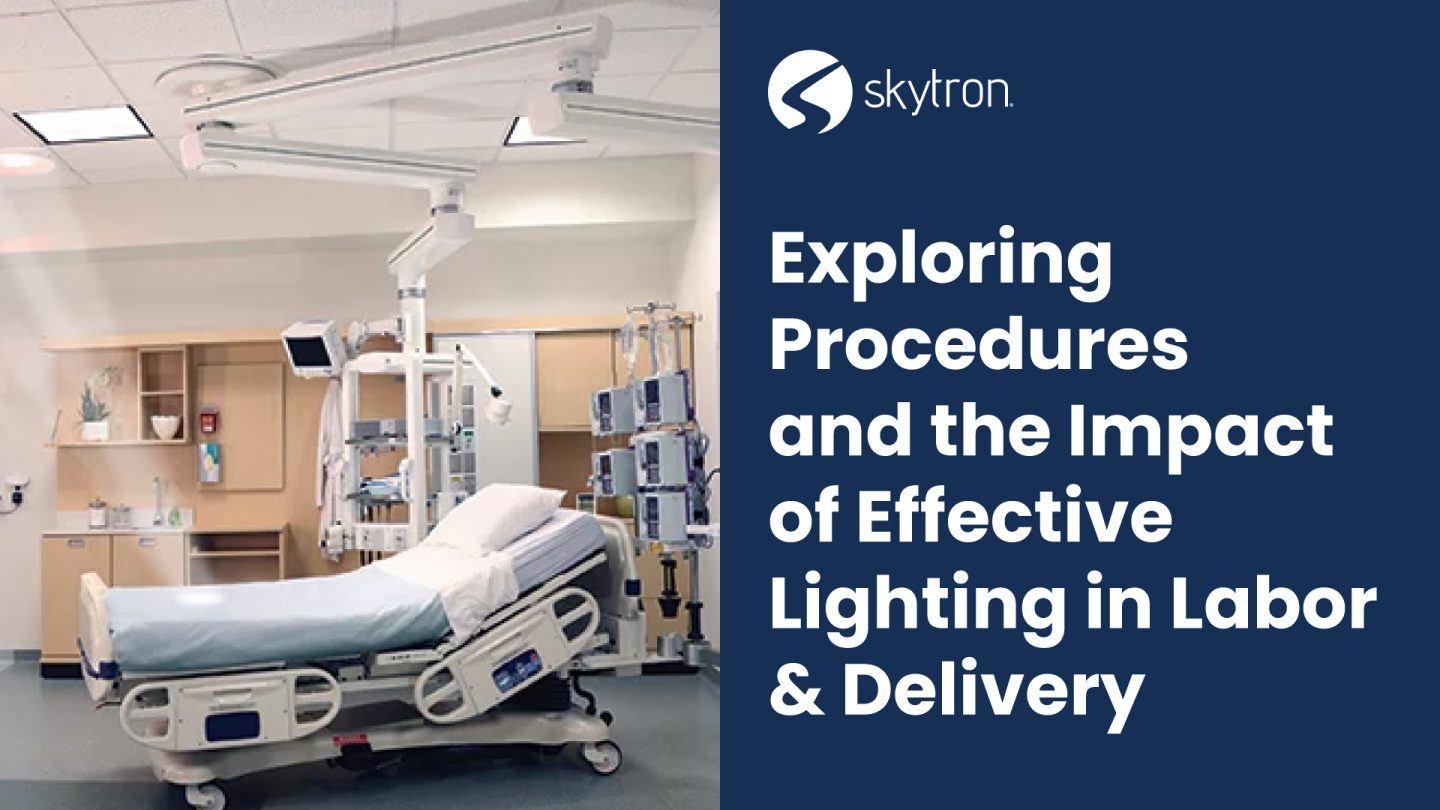
-
Written ByRebecca Kinney
-
PublishedNovember 18, 2022
It should come as no surprise that in a study of surgeons in low-resource settings, 80% reported that the quality of their surgical lights represents a patient safety risk.

The Importance of Crisp and Clear Lighting in the OR
Quality surgical lighting has long been a critical factor in surgical environments. Without it, doctors are at risk of making mistakes that could seriously affect patient outcomes and their own safety as well!
It should come as no surprise that in a study of surgeons in low-resource settings, 80% reported that the quality of their surgical lights represents a patient safety risk. Furthermore, 18% of these surgeons confirmed that they have directly experienced a negative impact on patient outcomes as a result of inadequate lighting.1
In this article, we will review the types of lighting typically used in an OR, why traditional lighting is insufficient, and what makes LED lighting preferable today in surgery.
Modern surgical procedures are often highly complex and surgeons must have clear visibility of the smallest details while performing these procedures. 2 Lack of visibility can lead to poor surgical outcomes, increased malpractice claims, and high operating room administration costs due to surgery cancellations and lengthy block times.
OR Lighting Methods
The most common types of lighting used in the OR include:
- Overhead
- Headlights and illuminated loupes
- In-cavity lighting
Lighting Based on Procedure
The type of surgery being performed tends to dictate the surgical lighting needed.

Traditional, open surgery employs overhead lighting when the operative site is not deep within the patient.
Minimally invasive applications may require in-cavity surgical lighting or a surgical microscope with integrated lighting.
Why traditional lighting doesn’t work
Have you ever wondered why conventional lighting doesn’t cut it in surgery? Traditional lighting creates issues with heat, shadows, and color temperature.
Conventional lighting is inadequate for many reasons, one primary being the level of whiteness that is lacking. Surgeons rely on the white tone for clarity and to distinguish specific tones. They need to distinguish these different tones of flesh colors while performing surgery. If the light were to have tones of red, blue, or green it can be misleading and change the appearance of the patient’s tissues. Being able to see the flesh tone clearly is vitally important to their work and patient safety. These are called color temperatures and they are measured in kelvins.3
Shadows are another factor that can interfere with a surgeon’s perception and accuracy while performing surgery. There are contour shadows and contrast shadows. Contour shadows are a good thing, they help the surgeon distinguish different tissues and variations. Contrast shadows on the other hand cause a problem and obstruct the surgeons’ view.
This leads us to the surgical lighting used today that “makes the cut.”
LED Lighting
LED stands for “light emitting diode”, and they are used in surgery because they:
- Supply a higher level of ‘whiteness’ at a much lower temperature because they are semiconductors producing less heat energy.
- LEDs make it possible to have multiple light heads per unit.
- LED light color is more consistent making the tones a surgeon needs to see correct, making it easier for the surgeon to distinguish between subtle color differences.
We believe that the lights your surgeons use matter and hope that this article shed some light on why the specific lighting is used in different procedures and why.
Skytron lighting solutions take all of the above into consideration with our surgical lights and believe that the control should be in your hands with high-quality lighting like our Lumos lights https://dev.skytron.com/products/clinical/lights/surgical-lights/lumos/ . Lumos offers 60 different variations of light and 12 that produce 160,000 LUX.
Lumos provides:
Personalized Lighting
The Lumos surgical light brings crisp, deep-cavity illumination to any procedure with three spot sizes.
Focusability
Controlling the focus from the sterile handle eliminates the need to reposition the light head up or down keeping it out of the way.
Clinicians are in Control
Skytron puts the clinician in control with the option to choose between a warmer or cooler color temperature based on the procedure type. Integration with booms, flat-screen displays, and HD cameras make the Lumos surgical light a versatile solution.
We know that your Operating Room services are complex. That is why the newest generation of surgical lights is designed to take unnecessary work out of each procedure.
Citations
1. Impact of Surgical Lighting on Intraoperative Safety in Low-Resource Settings: A Cross-Sectional Survey of Surgical Providers | Researchgate.net – PDF
2. The Complete Guide to Surgical Lighting | BFW Inc.
3. What Makes Surgical Lights Different Than Conventional Lights? | Medicanix.com






